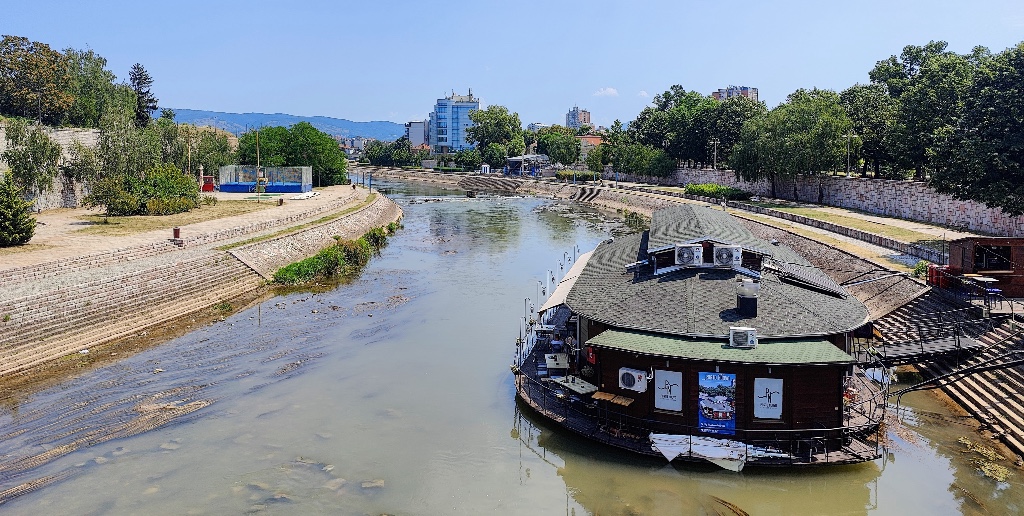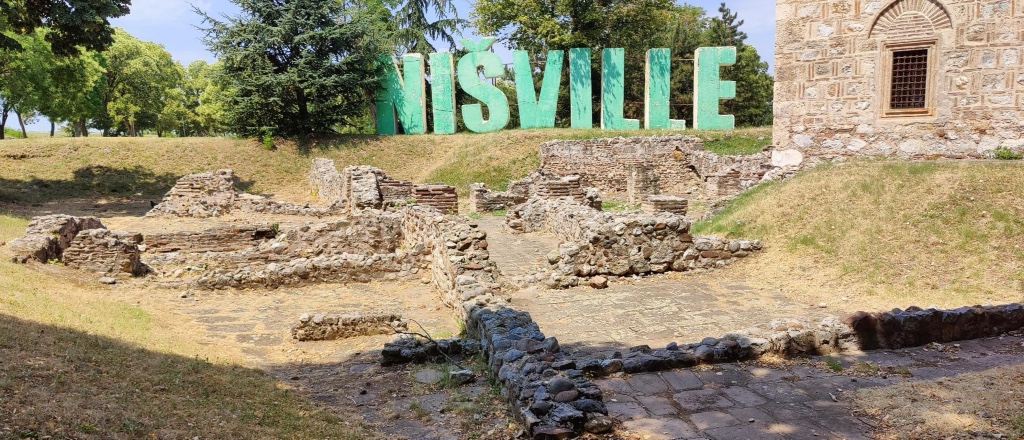
Nis, the birthplace of Constantine the Great, is the third largest city in Serbia. Located in the southern half of this beautiful country, the city was founded by the Celts in late 3rd century BC. During the Roman era it became a large urban center, becoming the base of operations of the Roman conquest of the Balkans between 168 and 75 BC. Constantine turned the small town into a flourishing city, constructing many public buildings during his reign. Nis, like many Balkan cities has had a tumultuous history; it was besieged by the Huns, then Barbarians, rebuilt by Byzantine Emperor Justinian I, and destroyed by the Avars. All of this transpired before the Slavs conquered Nis in 540. The fall of the Serbian empire began with a 25 day siege by Ottoman Sultan Murad. Although the city briefly returned to Serbian rule in 1442, it fell under the Ottomans again in 1448, and remained so for the next 241 years. Nis was seized by the Austrian army during the Great Turkish War, but the Ottomans regained control in 1690. The Fortress, one of the best preserved Ottoman Turkish monuments in the Balkans, was erected during this time.



Inside the fortress, Bali-Bey Mosque (otherwise known as Salon 77), is the only surviving Ottoman mosque built during the Ottoman period. No longer used for religious purposes, it has been repurposed as an exhibition space. We were able to see a free, small exhibit of modern printmaking during our stay. The space is perfect for viewing art, light fills the space from 16 ornate windows, and the vaulted dome is a work of art in itself.
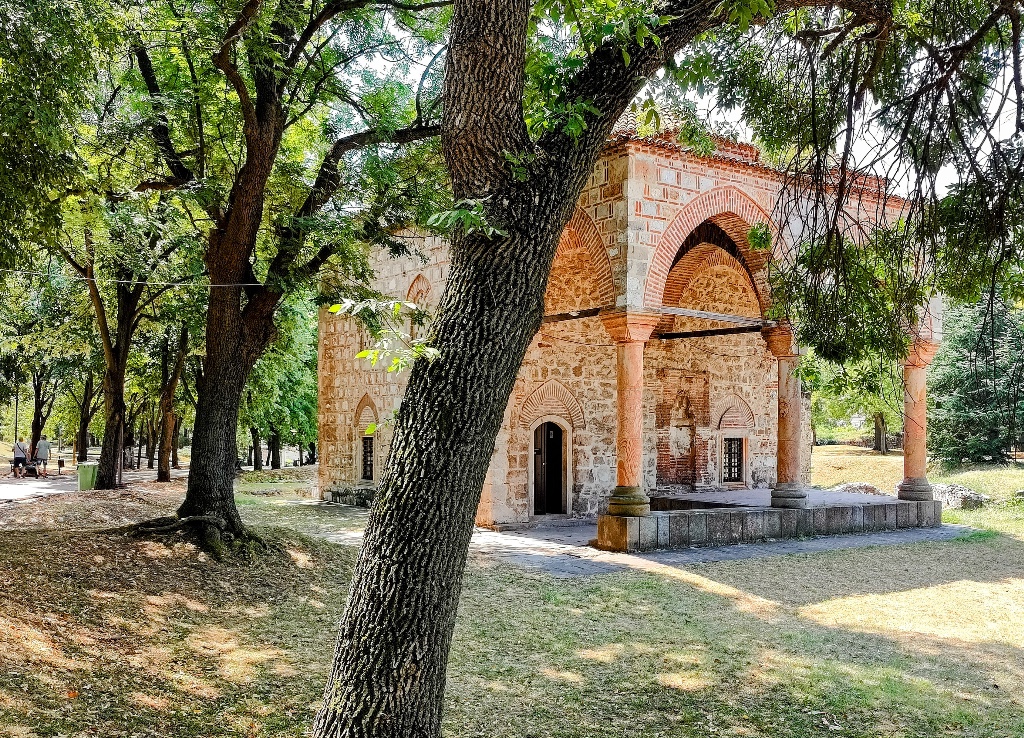
Close by the fort is King Aleksandar Square, located in the center of Nis. Originally called the Arnaut bazaar, or Albanian marketplace, the square had been renamed multiple times throughout history… Mihailo Obrenovic III, 1939th, JNA, the Square of the Yugoslav Army, and lastly King Aleksander when the monument of the king was reconstructed in 2004. The surrounding neighborhood is both administrative, commercial and residential, surrounded by green spaces along the Nisava River.
Republic square, the smaller counterpart to King Aleksander, is the second central meeting space in town. The square is full of more modern style buildings, large shopping centers, and loads of delicious street food to eat. One of our favorites, Sahara Shawarma, offer a great falafel, a rarity in Serbia.
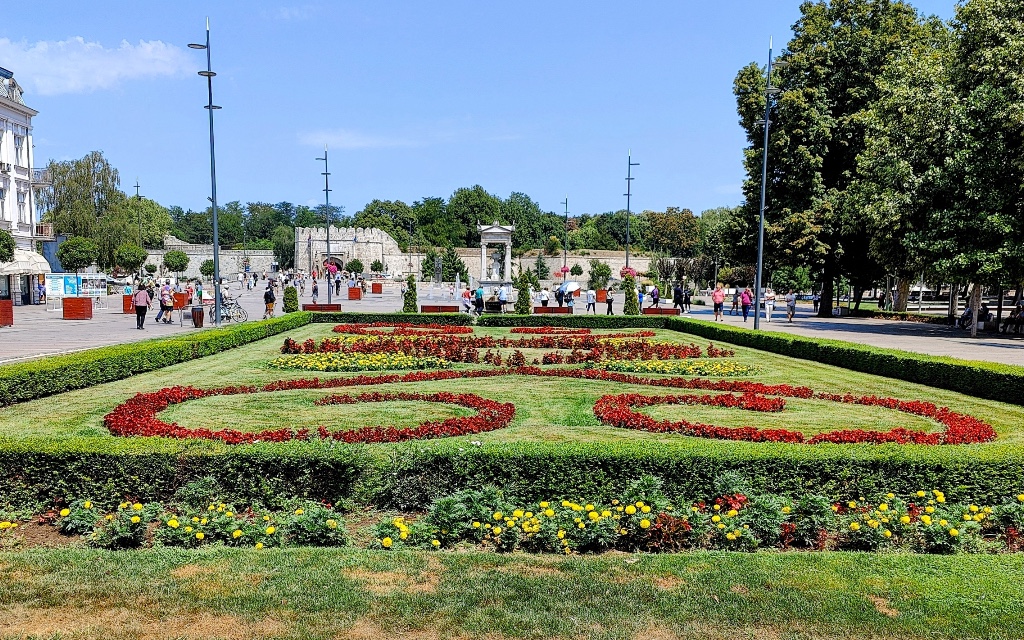
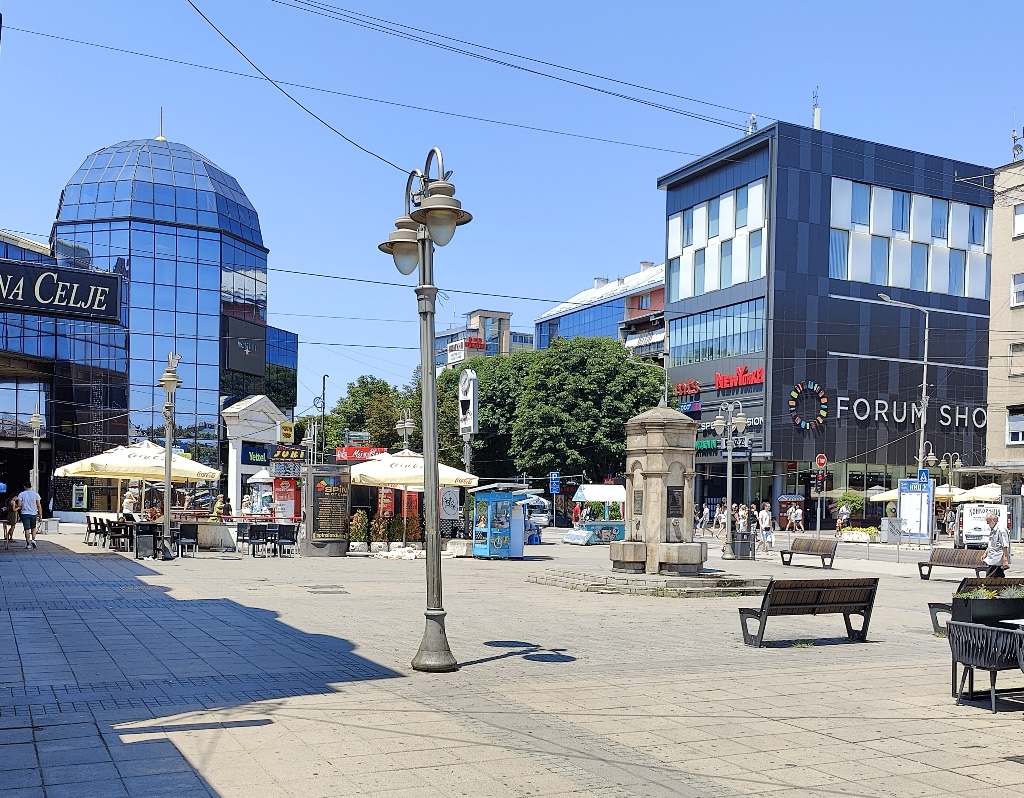
Just down the street from Republic Square is XO pizza, a great place to get a custom personal pizza for less than 500 RSD ($4.60). Your pizza is crafted with 48hr fermented dough and whatever toppings you can possibly imagine and is ready in an impressive 3 minutes. They even had oyster mushrooms, which was a pleasant addition to the usual button mushrooms that are available in this region.
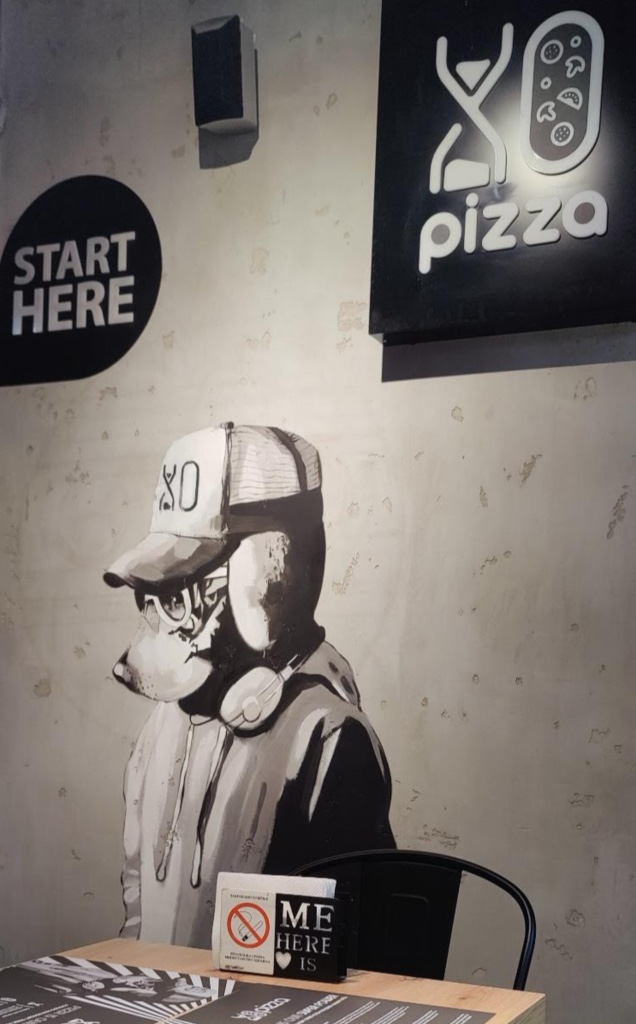
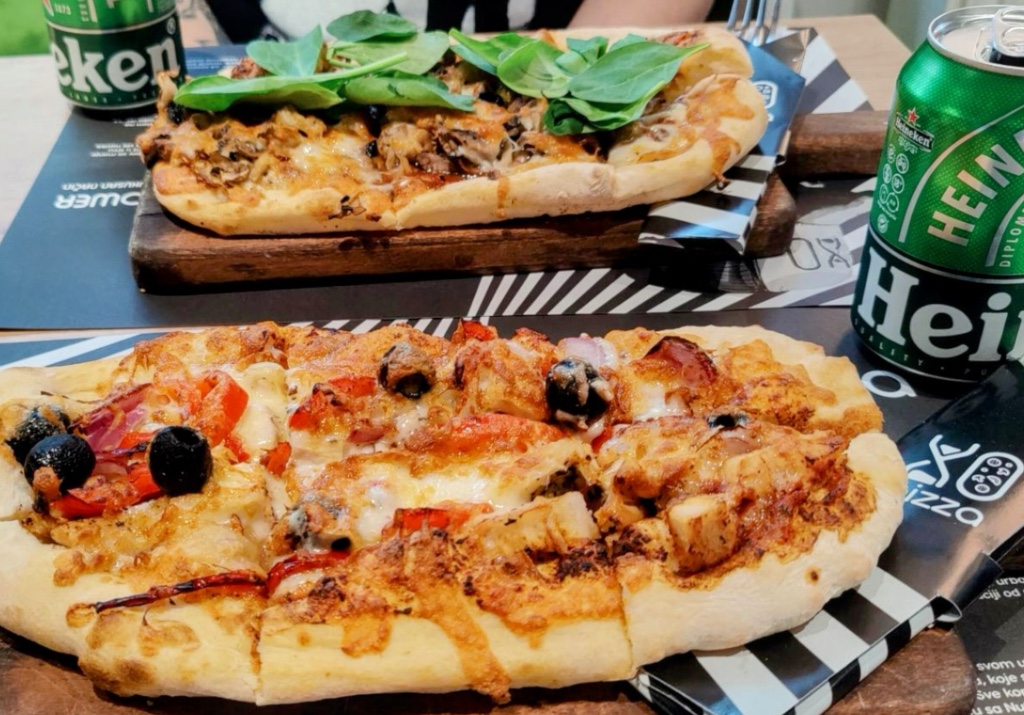
There is no short of good places to have coffee or a cold beer in Nis. Bombay Cafe and Sherlock Cafe were two of the best. Dark beer is less uncommon here, a great relief, but there are many crisp lagers that are great in the Summer heat.
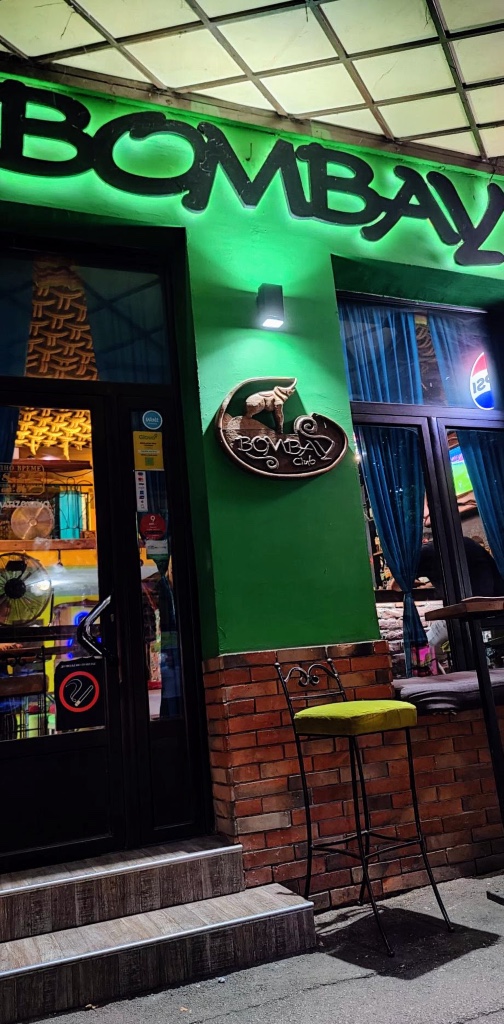
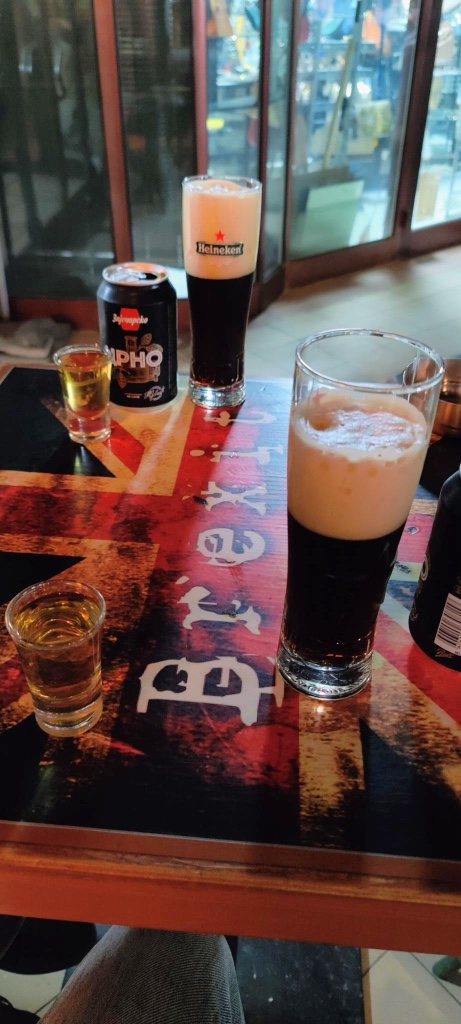
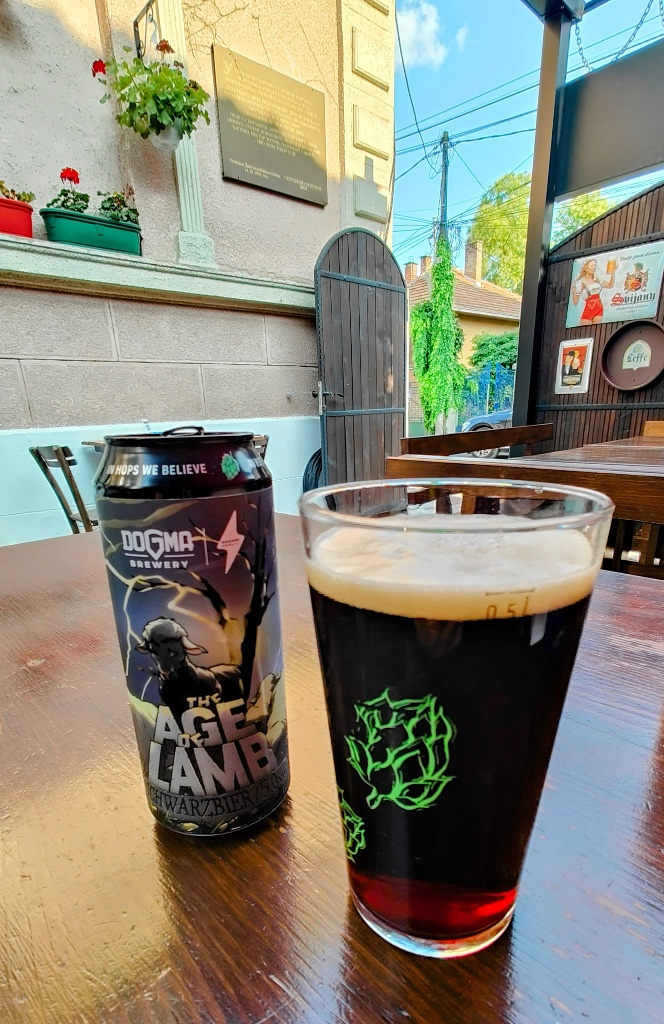
There are some disturbing and macabre monuments in Nis, including Skull Tower. It was constructed by the Ottomans in May 1809 during the first Serbian uprising. Knowing his troops would be impaled by the Ottomans, the commander of the Serbians, Stevan Sindelic, chose to detonate a powder magazine killing hismself, his subordinates and the surrounding Ottoman soldiers. The governor Hurshid Pasha ordered a tower to be made from the fallen rebels skulls. Skull Tower was originally 4.5 meters (15ft), containing 952 embedded in 14 rows on four sides. In 1861, the last governor of Nis, Midhat Pasha, ordered the tower to be dismantled. He realized that the tower no longer discouraged potential rebels, only reminding locals of previous Ottoman cruelty. A chapel was constructed around the tower between 1892-1894. As of 2024, 58 of the original skulls remain. The tower is an important symbol of independence to the Serbians and one of the most popular tourist attractions in Nis.
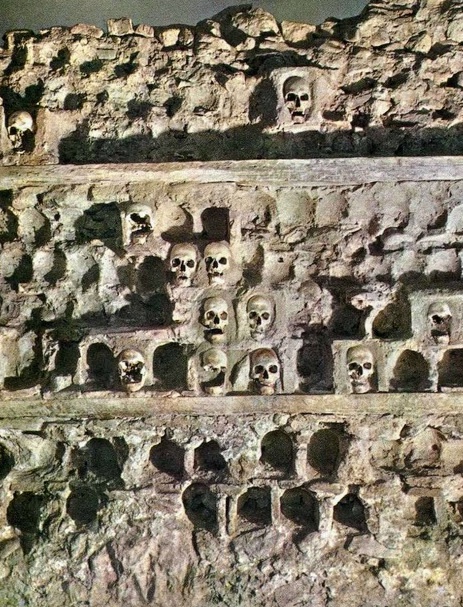
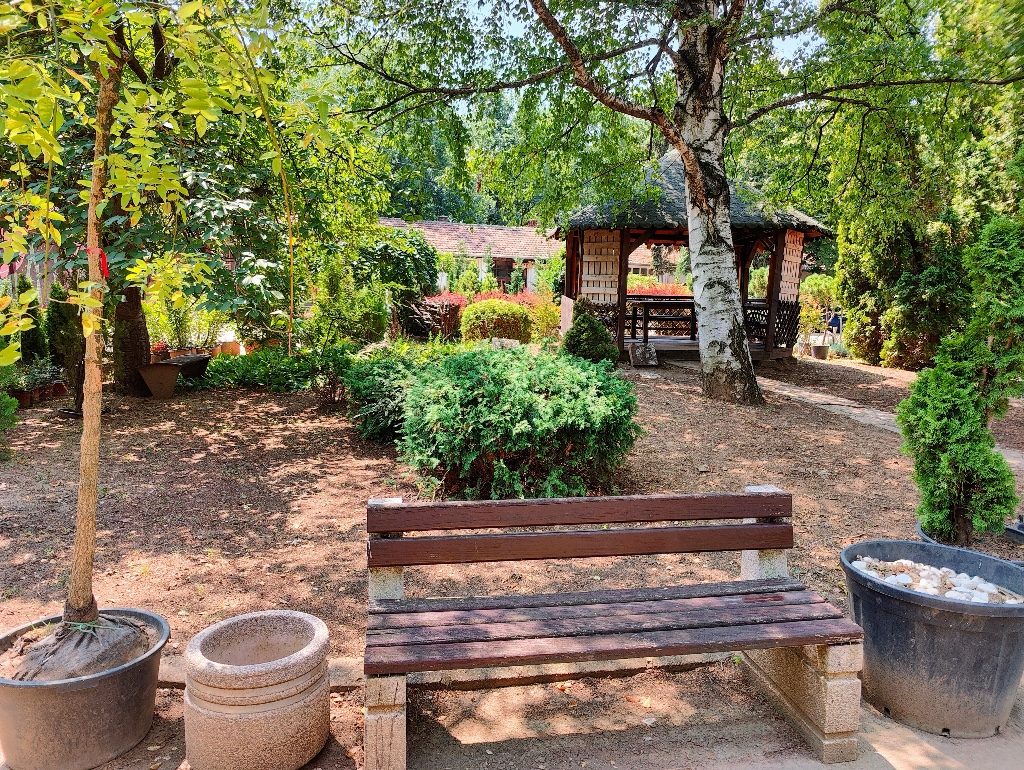
Another grim but important site in Nis is the Crveni Krst Concentration Camp (Red Cross). It was established in 1941 and operated by the German Gestapo to imprison Serbs, Jews and Romanis during WWII. The Germans were unable to send needed soldiers to the Eastern Front; they declared that 100 Serbs would be executed for the loss of one German soldier, and 50 for each wounded. This policy resulted in the death of 25,000 Serbs. Jews were registered and forced to wear identifying armbands and subjected to forced labor and restrictive decrees. German propaganda associated Jews with Communism and anti-German ideology; executions and arrests of Serbian Jews followed. Romanis were imprisoned on racial grounds, though most were not killed outright, hundreds were killed during the mass executions on Mount Bubanj. The camp detained 35,000 people between 1941-1944, and was liberated by the Yugoslav Partisans. More than 10,000 people were thought to be killed at the site. A memorial museum was opened on the grounds in 1967, and was later declared a Cultural Monument of Exceptional Importance under the Socialist Republic of Serbia in 1979. The day we had planned on visiting, it was 36c (96f) without cloud cover, so we opted not to go. Summer in the Balkans has been scorching so far, with little rain to cool things off.
Despite the heat, it has been a nice place to visit. Nis is a very walkable city with some great food and lovely people. At night, families and friends gather in the numerous cafes and beer gardens to hear live music and share huge plates of meze. Although small, it has a welcoming and relaxing atmosphere that is very easy to feel at home in. The kindness, curiosity and friendliness of Serbians is immeasurable. I will miss this beautiful country, but mostly the people in it.
